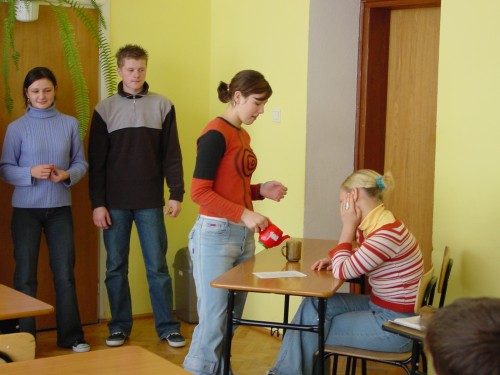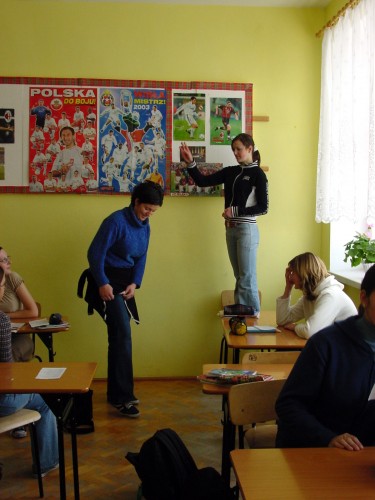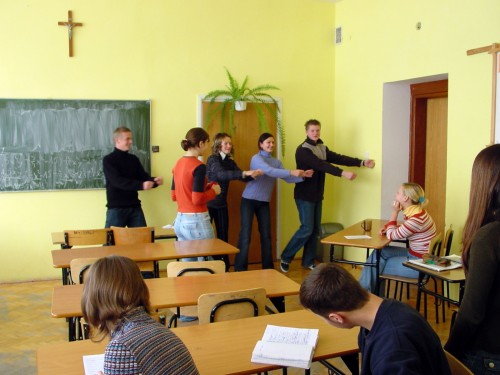This is the first of several posts inspired by Wallfahrtslied. It’s an effort to share with others some music that has changed my life for the better — music I couldn’t imagine living without. Desert Island Discs.
Glenn Gould recorded Bach’s Goldberg Variations twice. The first time was in 1955, and those “in the know” refer to it as “revolutionary.” He revisited the Variations in 1981, and this recording is the one I prefer. The 1955 Variations is too showy. While it’s a masterful recording, it’s still a bit immature. Despite the light touch, the music seems to be music performed by young man. It’s excited, and passionate. The 1981 Variations shows a more mature Gould. The tempi are more controlled, and not to mention slower. But the biggest difference is the more human feel to the 1981 Variations. While the 1955 recording is far from robotic, it somehow lacks a beating heart that the 1981 version provides. It’s more thoughtful, and with an occasional tragic whisper.
Both versions have been released under the title State of Wonder, and include a “radio drama”/interview with Gould just after having re-recorded the Variations in 1981.
Of course at the heart of both Gould’s recordings are the twenty-five variations themselves. The variations express as many emotions as you can imagine: flirty youthfulness, mature joy, deep, resounding sadness — it’s all here. It’s the human experience compressed into sixty some minutes of music.
You can hear excerpts from both recordings at NPR’s web site .



